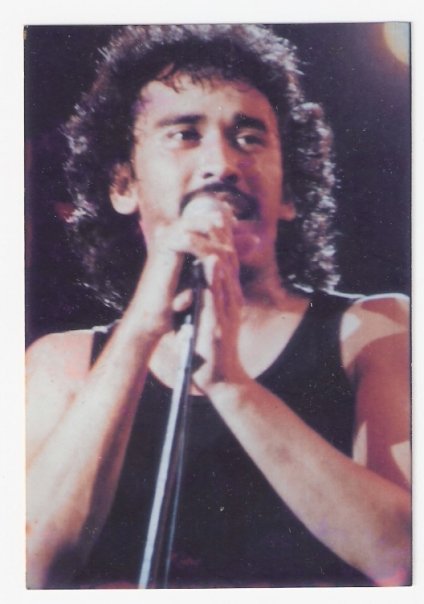

Notable artists, mainly within Asia but also beyond (like Anneke Grönloh),Īnd in some places it is seen as typifying Indonesian music. Over the years it has been re-released many times by The Japanese soldiers, and when they returned to JapanĪt the end of the war re-recordings of it (by Japanese artists) becameīest-sellers. The Javanese, and then later nationally when recordings were broadcast Java's longest and most important river) became widely popular among Written during the Japanese Imperial Army occupation of the island in World War II, the song (about the Bengawan Solo River, Perhaps the most famous song in the kroncong style is Bengawan Solo, written in 1940 by Gesang Martohartono, a Solonese musician. To late 1940s, it became associated with the struggle for independence. This changed in the 1930s, when the rising Indonesian film By the early 1900s, it was considered a low-class urban Main article: Kroncong Kroncong (alternative spelling: Keroncong) has been evolving since the arrival of the Portuguese, who brought with them European The contemporary form of Islamic Middle eastern influenced musics in Indonesia is Debu, that featuring sufism approach on music to spread their message. Though popularĪmong Arabs in Indonesia, it has gained little popularity elsewhere. Lyrics that address Indonesian contemporary issues. Qasidah modern were derived from Islamic pop, adding local dialects and Type of orchestra and the music it plays, believed to be introduced by Qasidah modern adapts this for pop audiences. Word for religious poetry accompanied by chanting and percussion. Qasidah modern Qasidah is an ancient Arabic Throughout many areas of Indonesia by the 16th century. These traditions began to be incorporated Or 12-string pear-shaped guitar, is the Middle-Eastern-derived Islamic Gambus Gambus literally means oud, referring to a type of lute

Invented by artists like Gugum Gumbira after Sukarno prohibited rock and roll and other western genres in the '60s. Its instruments areĮntirely Sundanese, completely without imported instruments. Making dancing difficult for most listeners. The rhythm is liable to change seemingly randomly, Jaipongan Jaipongan is a very complex rhythmic dance music from the Sundanese people
#Aliran musik iwan fals free#
The lyrics are typically sung in free verse, but a more modern version, panambih, is metrical. The instruments of Cianjuran are kacapi indung, kacapi rincik and suling or bamboo flute, and rebab for salendro compositions. Kusumahningrat (Dalem Pancaniti), ruler of Cianjur (1834–1862). It was first known as an aristocratic art one cianjuran composer was Tembang sunda Tembang sunda, also called seni mamaos cianjuran, or just cianjuran, is a form of sung poetry which arose in the colonial-era of Cianjur. Might also create some new compositions in their own native language. (regional traditional songs) of each regional cultures, the musician Other than featuring the legacy of Lagu Daerah These include Pop sunda, Pop Minang, Pop Batak, Pop Melayu, Pop Ambon, Pop Minahasa and others.

Several kinds of "ethnic" pop music, generally grouped together as Pop Daerah (regional pop). Indonesian folk music is quite diverse, and today embraces pop, rock,Īnd other genres, as well as distinct Indonesian forms. Indonesian regional folk pop musics reflects the diversity of Indonesian culture and Indonesian ethnicity, mostly use local languagesĪnd a mix of western and regional style music and instruments. Islamic music, keroncong from Portuguese influences, and dangdut with To foreign influences such as gambus and qasidah from Middle Eastern Next toĭistinctive native form of musics, several genres can traces its origin Musical creativity of its people, and also the subsequent culturalĮncounters with foreign musical influences into the archipelago. The diverse world of Indonesian music genres was the result of the


 0 kommentar(er)
0 kommentar(er)
